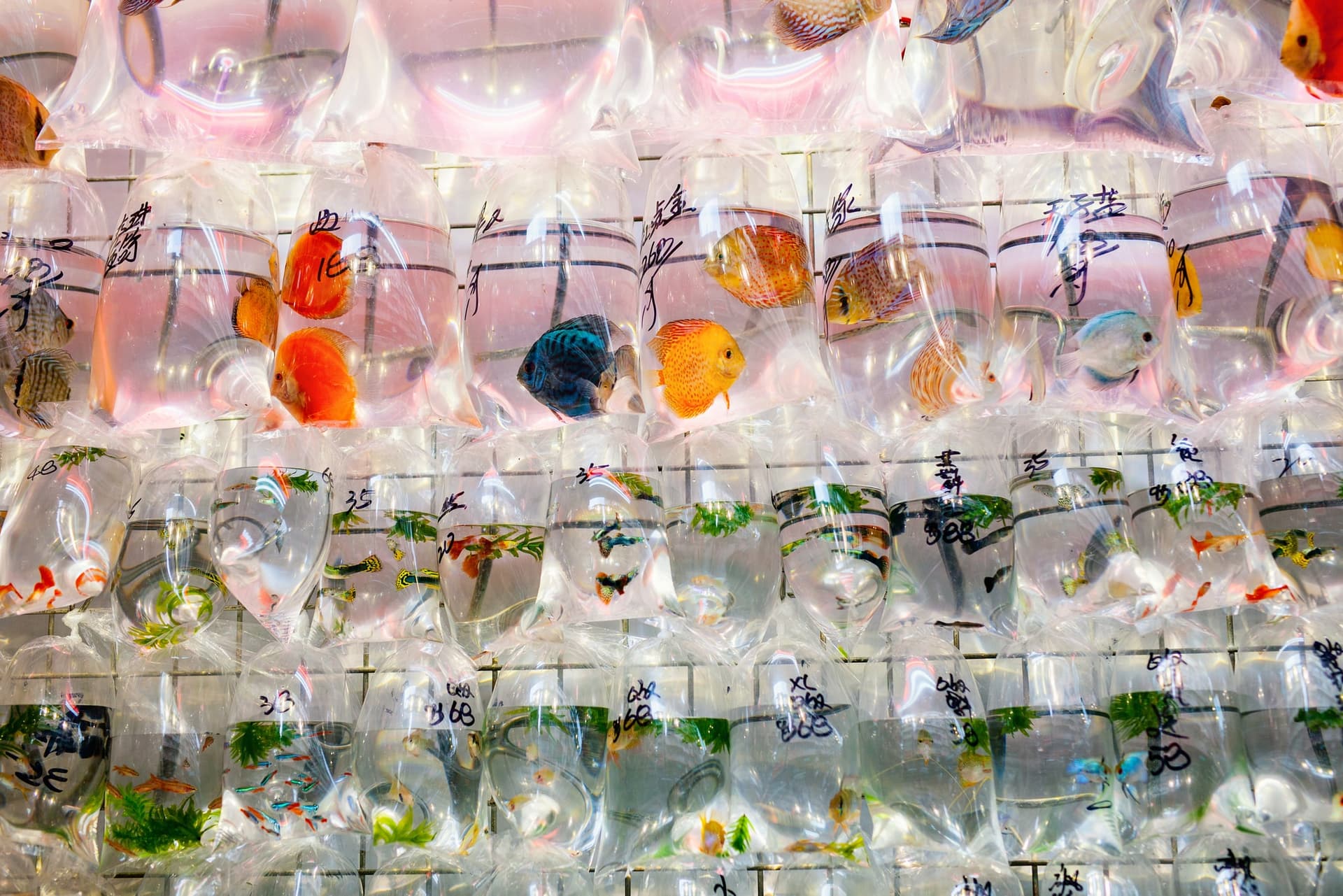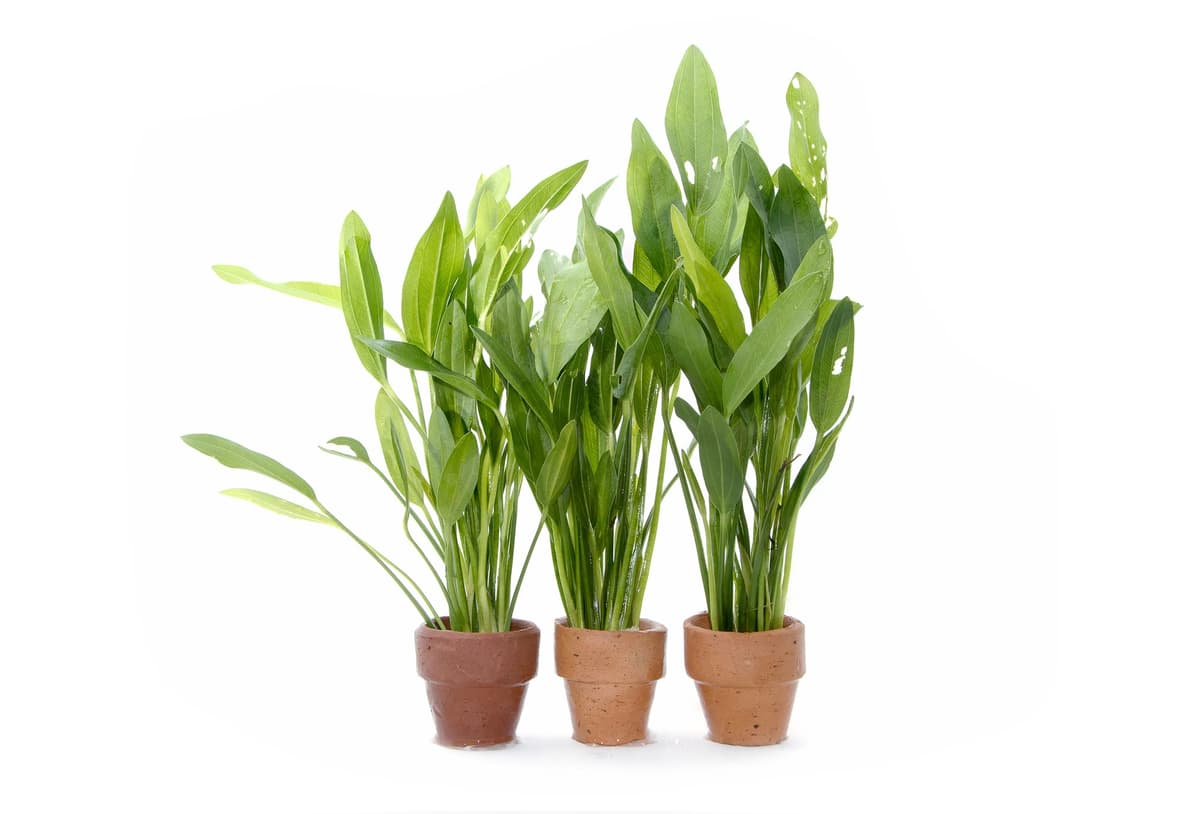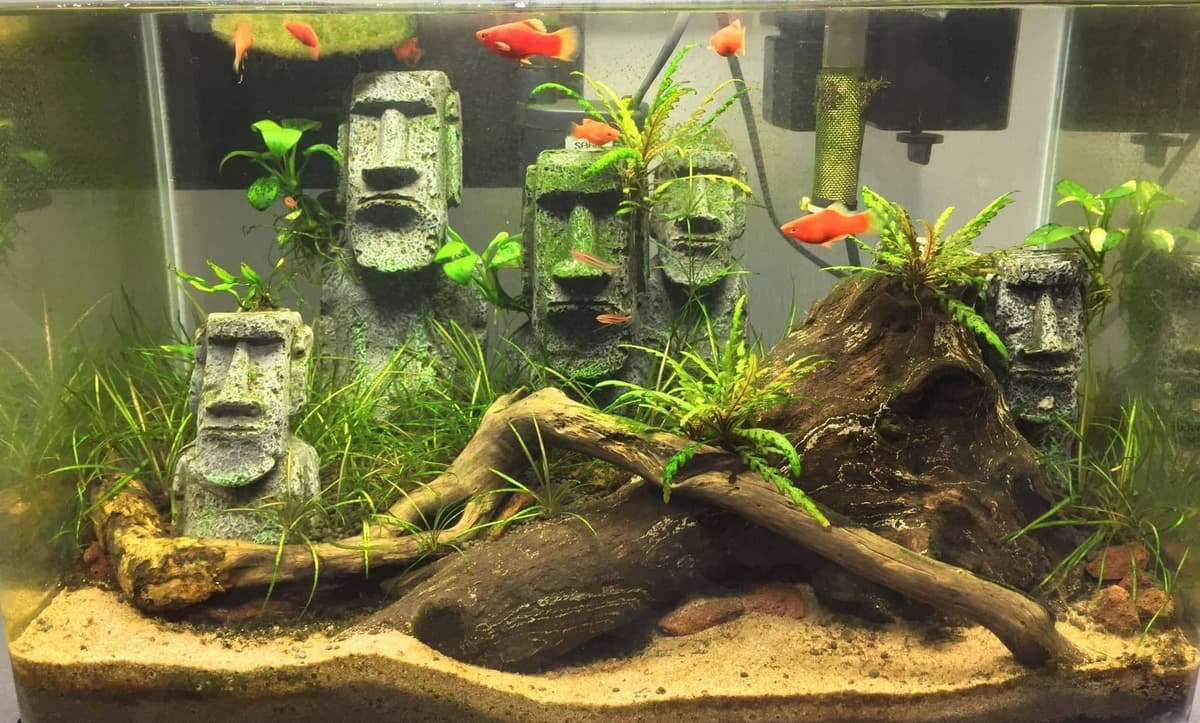Setting up your first freshwater aquarium can be intimidating—especially when deciding which fish to buy. Ideally, beginners should select fish that are hardy, affordable, colorful, and have interesting personalities to watch.
Here's our list of the top 10 beginner-friendly fish that look great and are easy to care for.
How Do I Decide Which Fish to Include in a Community?
A community aquarium is a fish tank containing various species of fish—from bottom feeders to shoaling schools—creating a lively and diverse underwater environment.
When building a community aquarium, consider these factors:
- Size: Ensure all fish will fit comfortably in your tank when fully grown.
- Compatibility: Choose fish with similar temperaments—peaceful fish thrive best alongside other peaceful species.
- Water Requirements: Pick fish with similar temperature, pH, and hardness needs.
- Swimming Level: Select fish occupying different areas of the tank (top, middle, bottom) for a vibrant display and minimal competition for space.
Best Fish for Beginners
To help you decide, here is a list of 10 great beginner-friendly fish. These fish are peaceful, hardy, and perfect for your first aquarium. A 20-gallon aquarium would comfortably house any of these species.
1. Neon Tetra
Neon Tetras are small, vividly colored fish that add a beautiful sparkle to any tank. They are social creatures that thrive in groups, making a captivating spectacle as they swim together. Their diet primarily includes fish flakes, but they also enjoy occasional treats like bloodworms or brine shrimp.
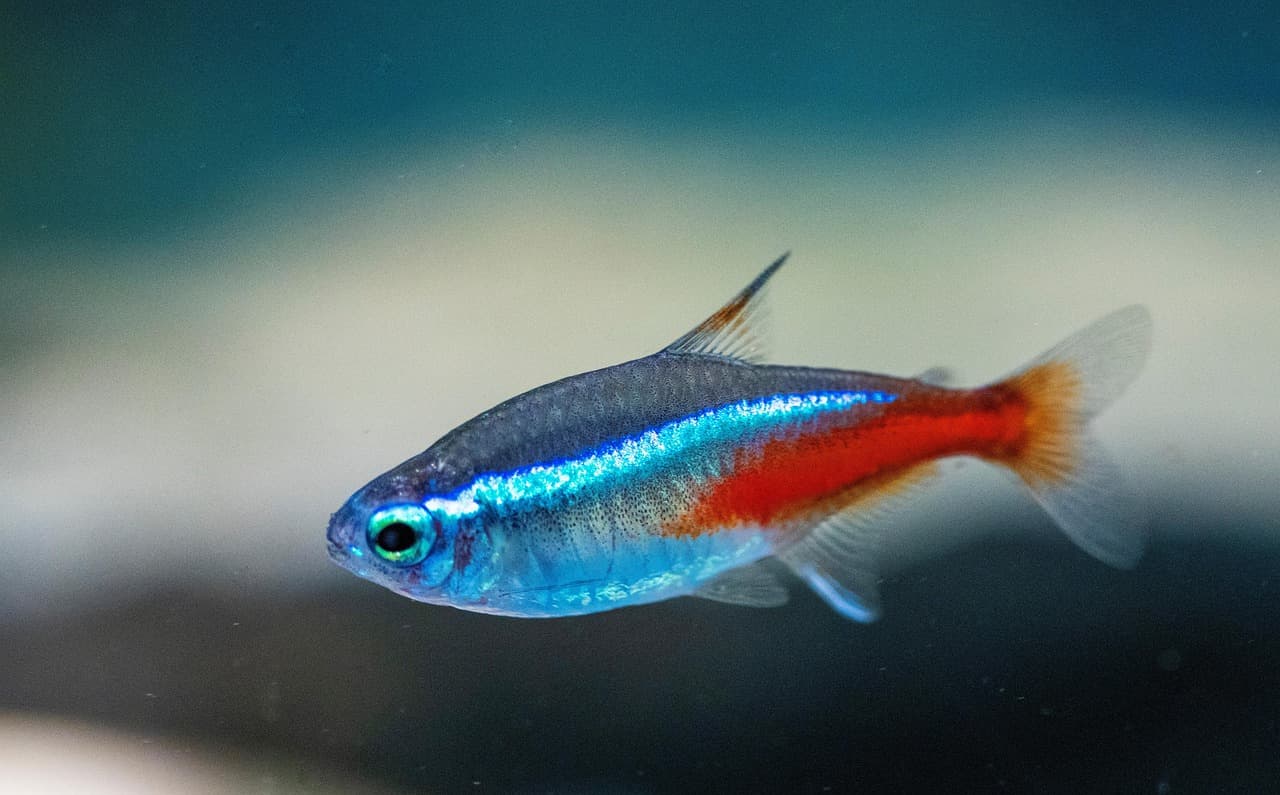
2. Danios
Danios are energetic and playful fish, famous for their resilience and adaptability to varying water conditions. Their lively behavior and attractive striped patterns provide constant entertainment. These hardy fish happily eat basic flake food and make a stress-free addition for beginners.
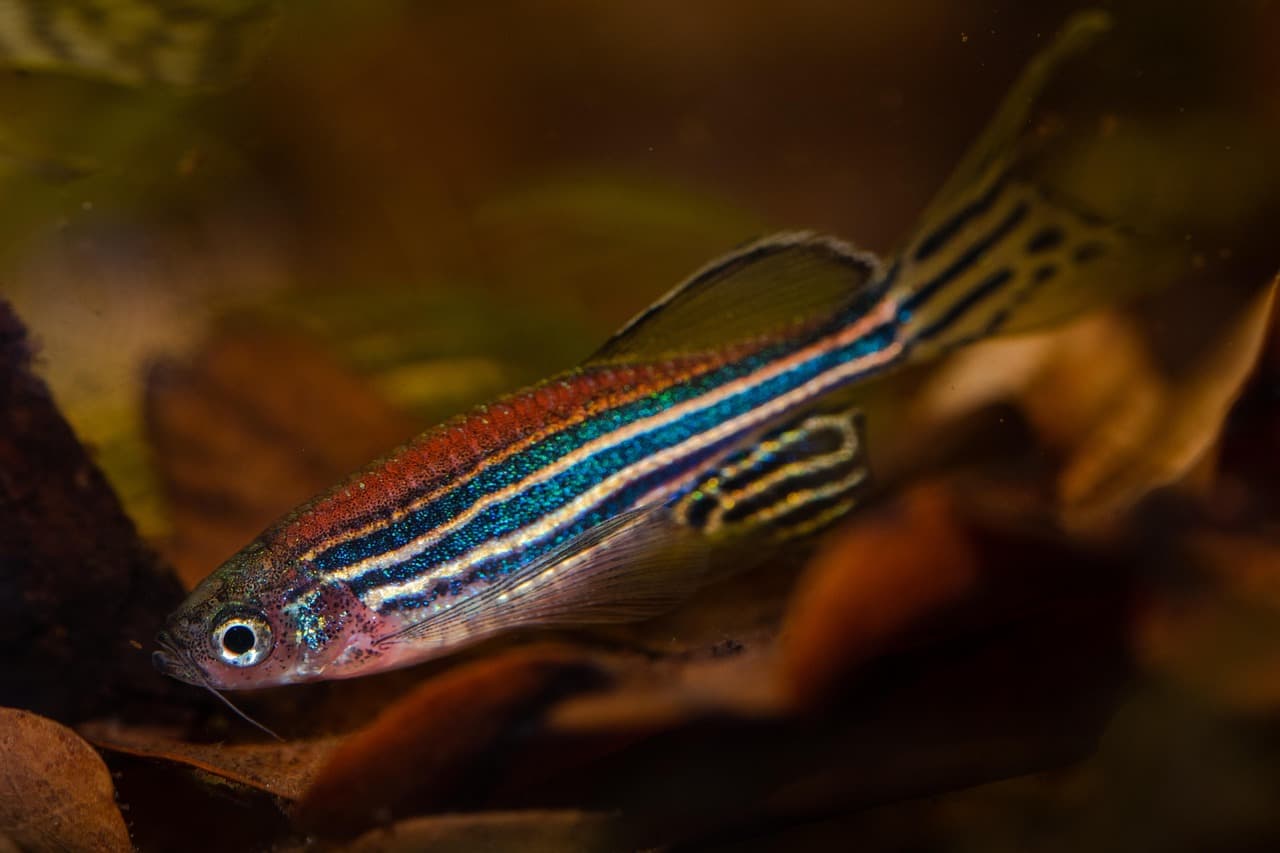
3. Platies
Platies are friendly, colorful, and peaceful community fish perfect for newcomers to the hobby. With a range of striking colors, they add vibrancy and easily coexist with other peaceful species. Their diet is simple, readily accepting flake, frozen, or live foods.
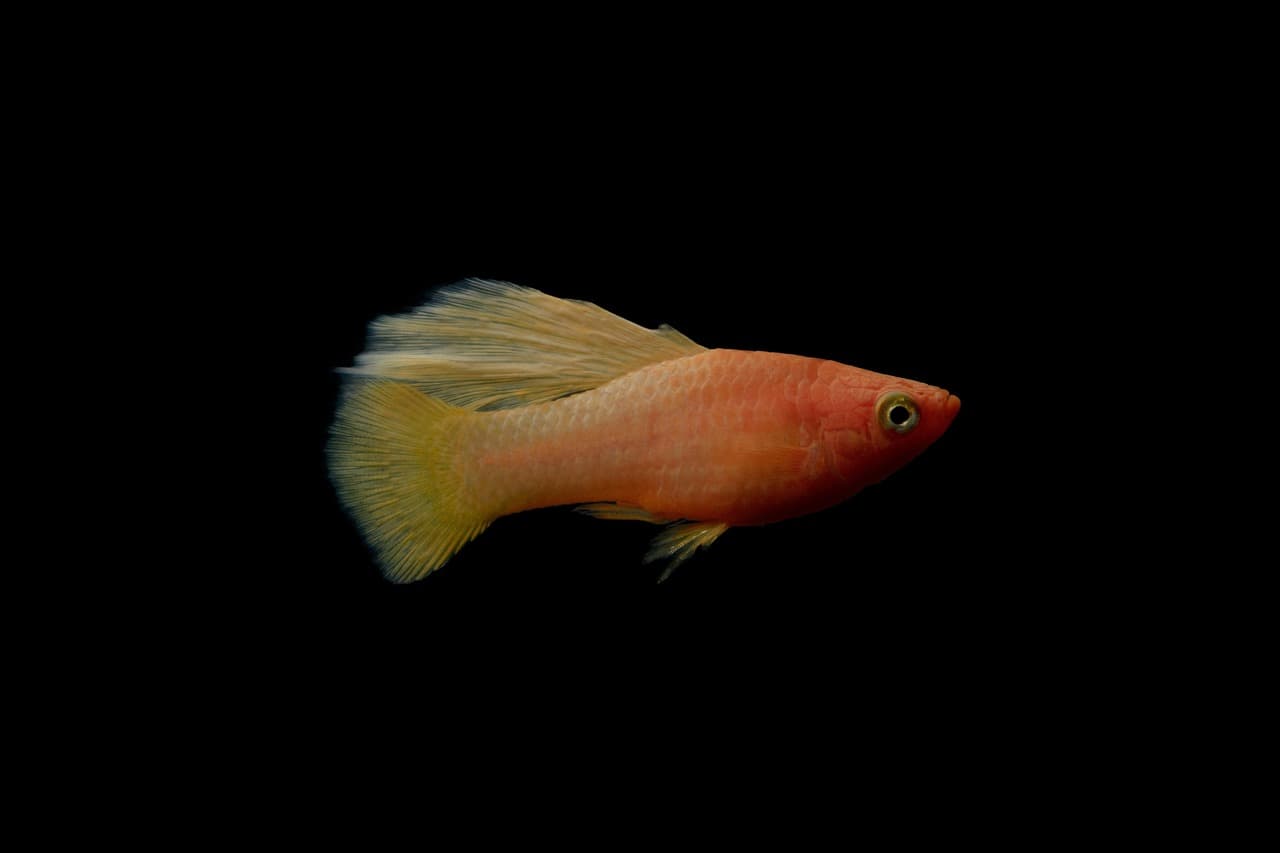
4. Guppies
Guppies are beloved for their dazzling colors, hardiness, and lively personalities. Easy-going and adaptable, they thrive on a varied diet including flakes, bloodworms, and brine shrimp. Guppies are also known for their resilience, able to survive short periods without food.
Important Note: Guppies reproduce rapidly. If keeping males and females together, be prepared for offspring!

5. Kuhli Loach
Kuhli Loaches, originating from Southeast Asia, are fascinating bottom dwellers with slender, eel-like bodies. Their quirky behavior includes burrowing and scavenging for leftover food, worms, shrimp, and sinking pellets. They adapt well, making them delightful additions to a beginner's aquarium.

6. Cherry Barbs
Cherry Barbs, known for their striking red coloration, are friendly and adaptable fish ideal for beginners. Although initially shy, they quickly acclimate to new environments, becoming active and engaging. Their peaceful nature makes them excellent community tank members.
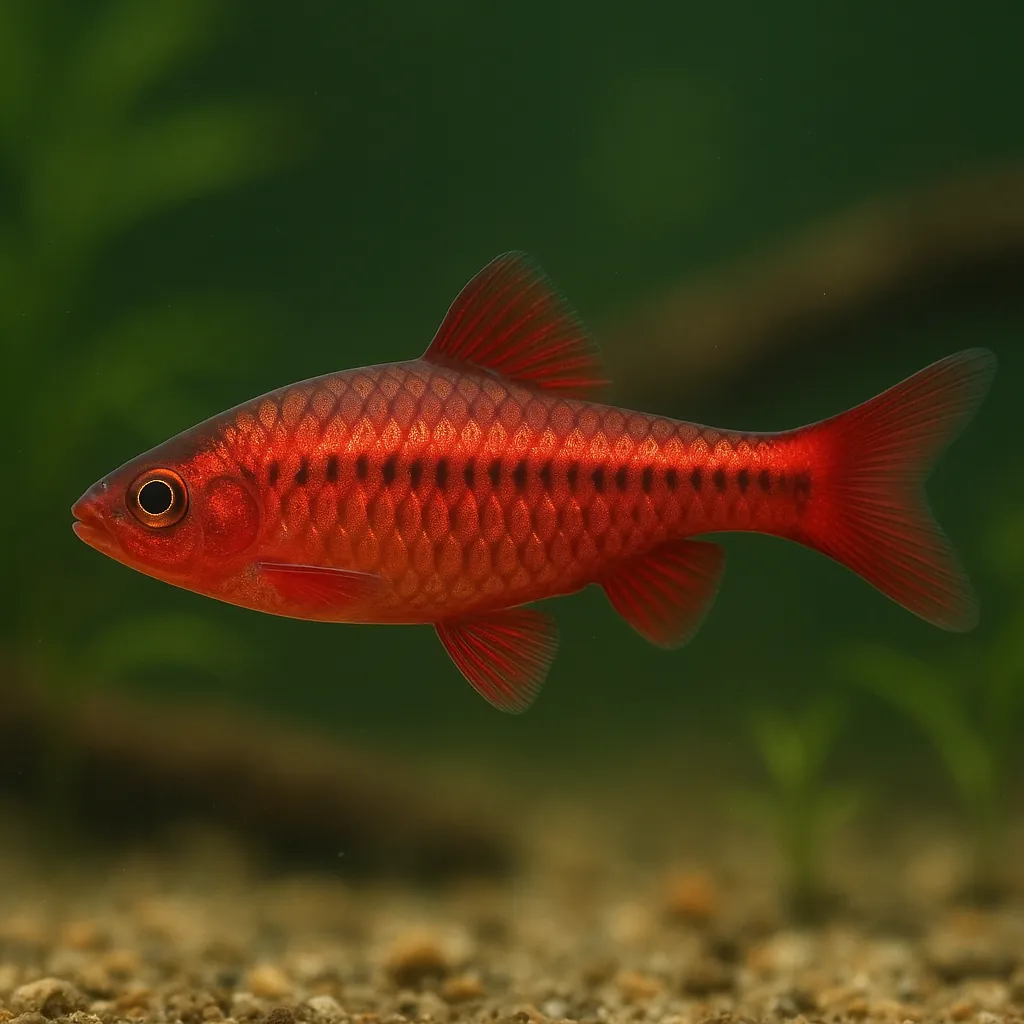
7. Harlequin Rasboras
Harlequin Rasboras are beautifully colored, peaceful schooling fish that shine brightest in groups of six or more. They are hardy and easy to care for, readily eating basic fish flakes. Their vibrant presence and synchronized swimming patterns create a stunning visual in any aquarium.
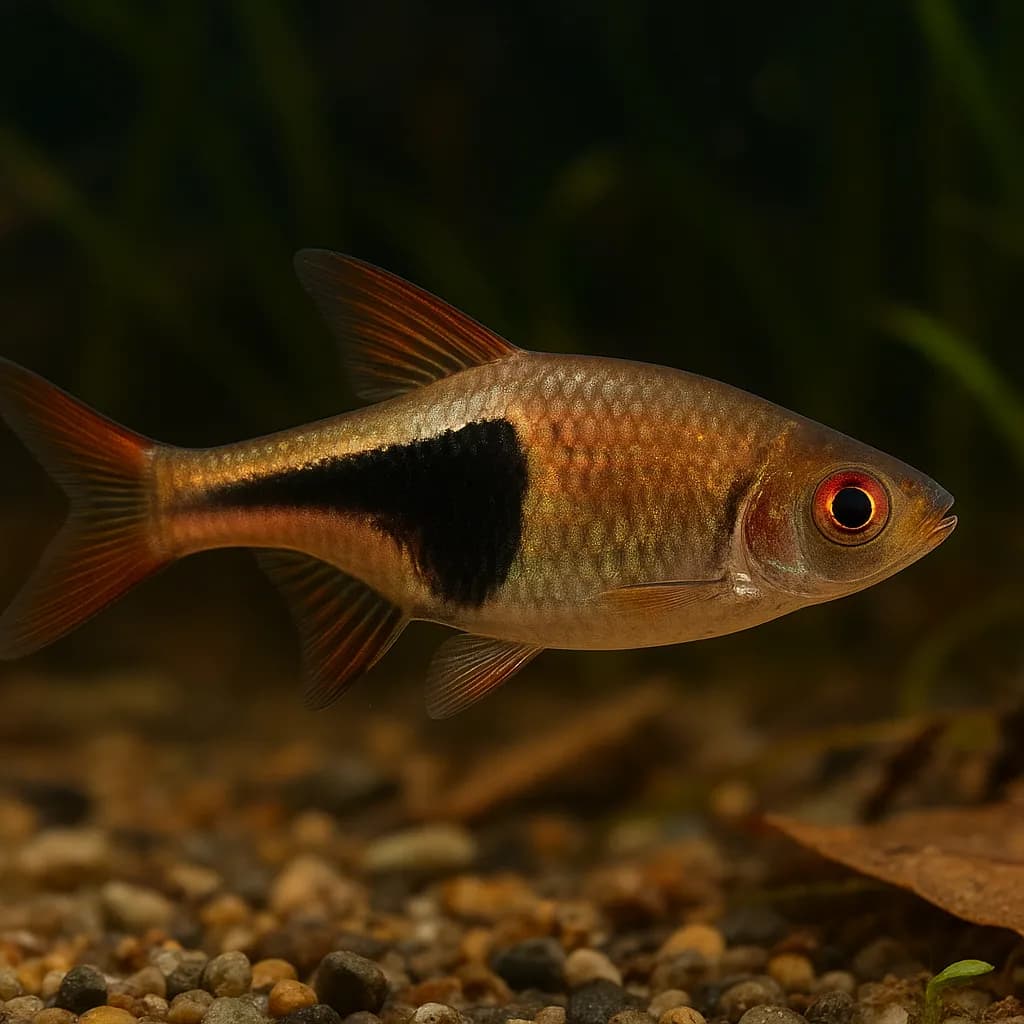
8. Dwarf Gourami
Dwarf Gouramis are graceful, vibrantly colored fish known for their peaceful demeanor. Perfect for tanks of at least 20 gallons, they prefer calm waters and require open space at the surface to breathe air. Their gentle movements and stunning colors make them highly popular among beginners.
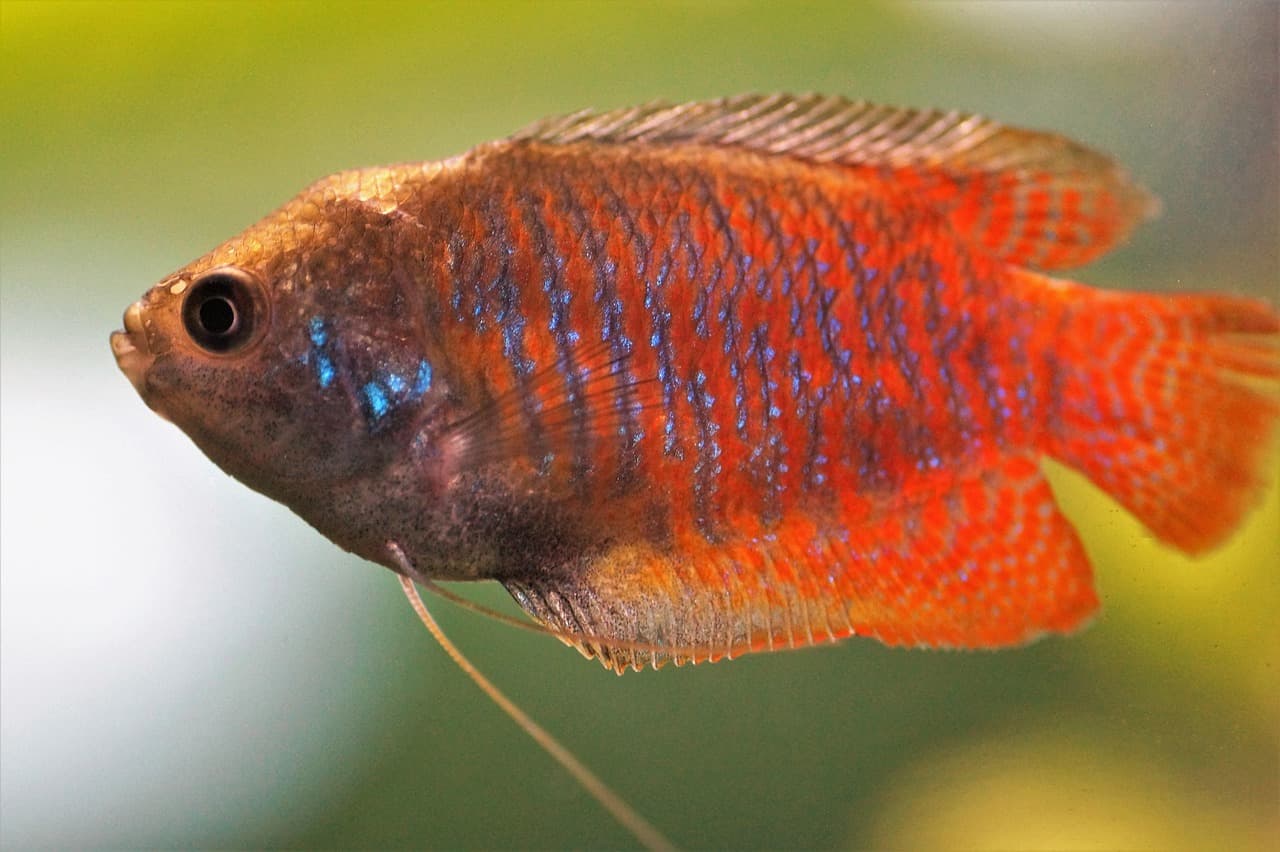
9. Swordtail
Swordtails are dynamic, hardy fish, easily recognizable by the distinctive elongated tail fin of males. They bring activity and vivid coloration to community aquariums, thriving under beginner-friendly conditions. With proper care, Swordtails exhibit fascinating natural behaviors, enhancing any aquarium experience.
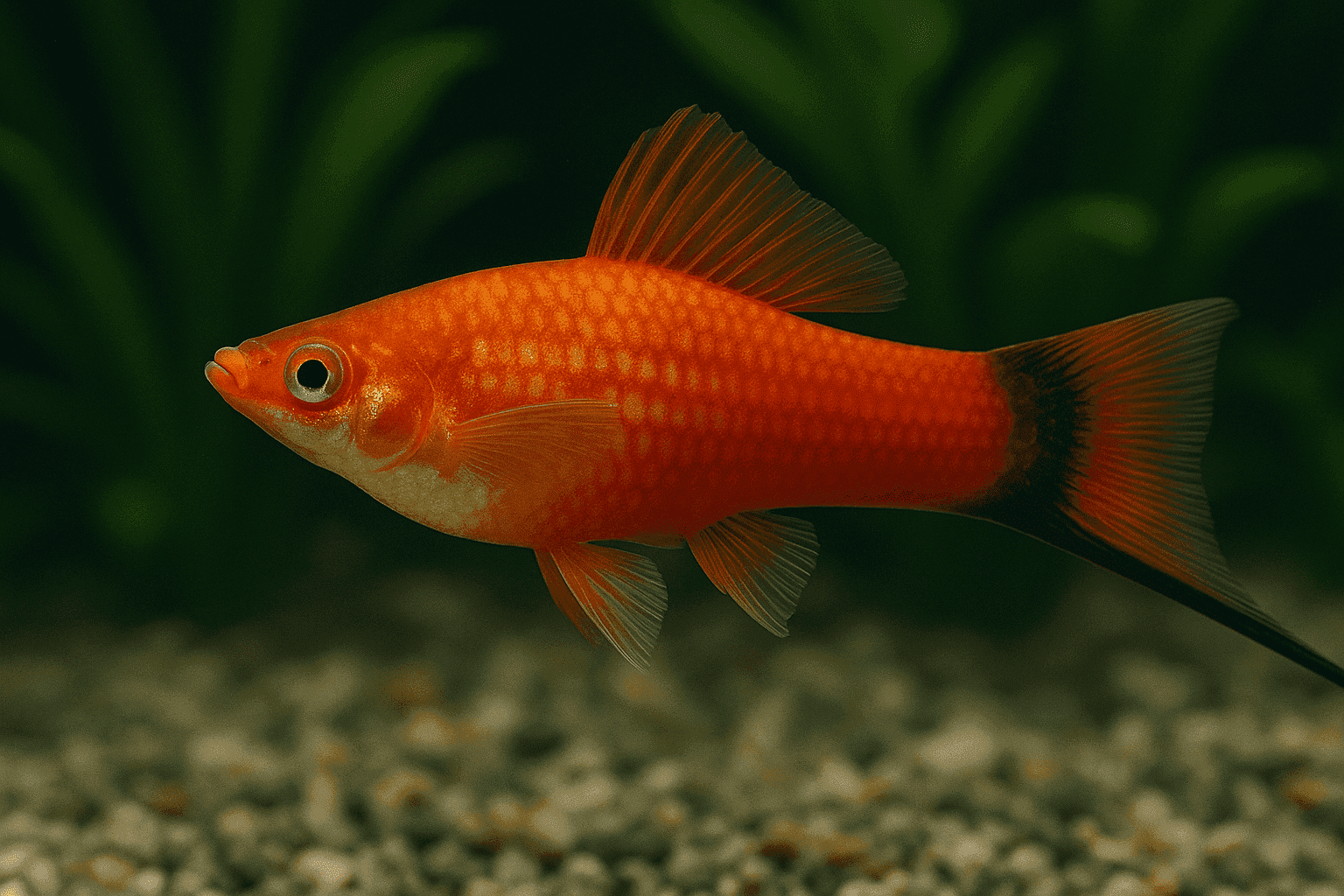
10. Bronze Corydoras
Bronze Corydoras are delightful, peaceful bottom-dwelling fish that help maintain a clean aquarium by scavenging leftover food and algae. They enjoy company, thriving in groups of four or more, and their playful, social interactions add charm and liveliness to your tank.
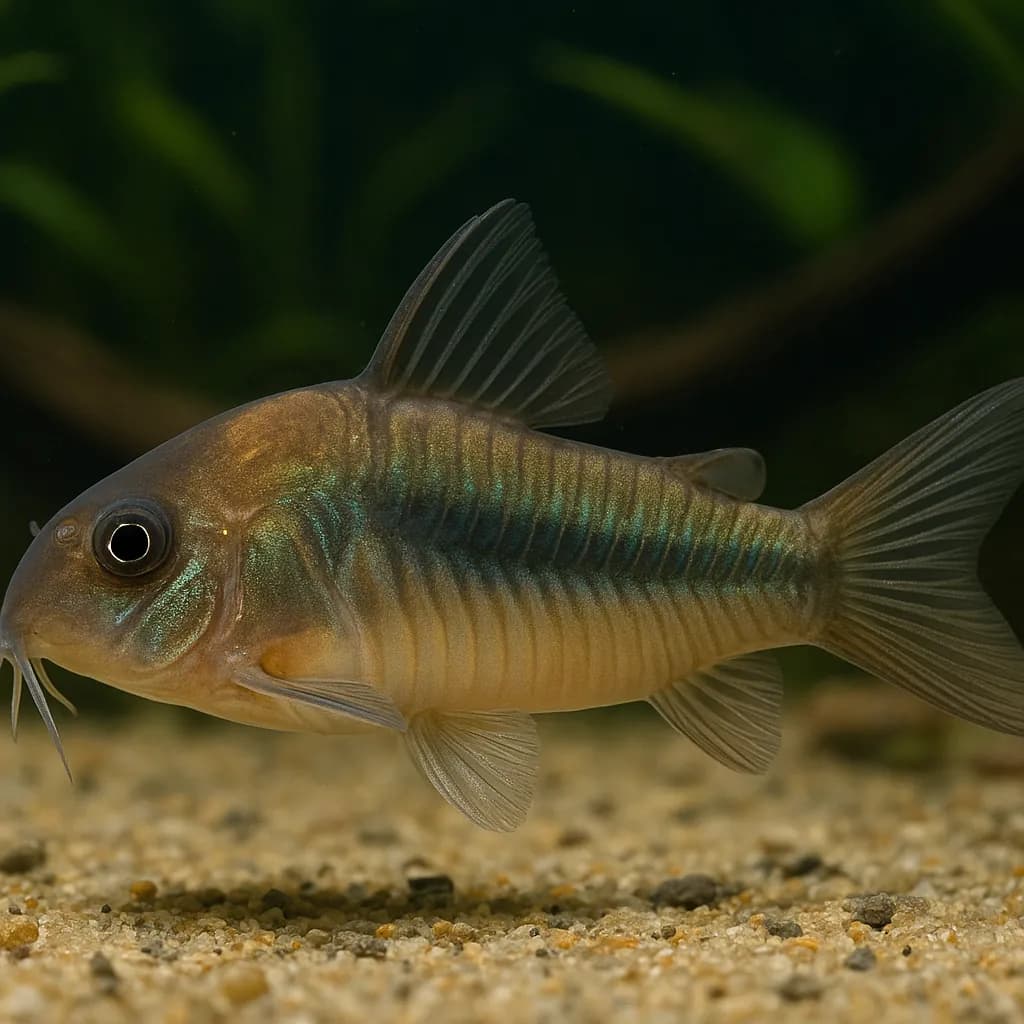
Why It's Important to Check Fish Compatibility
Not all fish species get along. Territorial or aggressive fish can cause stress, fighting, or health issues for peaceful tank mates. Always check fish compatibility before selecting species for your aquarium. A harmonious environment is significantly easier to maintain and more enjoyable to observe.
What's a Great Starter Community Aquarium?
Imagine you have a 20-gallon aquarium with proper filtration and heating.
This might not seem like much but it is always best to understock an aquarium than overstock. If you're happy after a few months that the fish are content and you're equipment is handling the bioload then you could look to introduce a few more.
Recommended fish:
Cleanup Crew: Consider adding snails or cherry shrimp to keep the tank clean and algae-free.
How to Introduce Your Fish to Your Aquarium and Take Care of Them
First make sure you've setup your tank correctly.
Your fish will be stressed from the journey so when you introduce them to your aquarium it's worth taking some precautionary steps to help them ease in as smoothly as possible.
- Cycle the Tank First: Run your aquarium for at least one week to establish beneficial bacteria and stabilize water conditions.
- Float the Bag: Float your sealed bag of new fish in the aquarium for 15–20 minutes to equalize temperatures.
- Gradually Mix Water: Add small amounts of tank water to the bag every 5–10 minutes for another 20–30 minutes to adjust your fish to new water chemistry.
- Gently Release: Transfer fish into the aquarium using a net, discarding the bag water to avoid contamination.
- Monitor Closely: Watch your fish closely for signs of stress or illness, and feed them small, regular meals.
- Regular Maintenance: Change 10–25% of the water weekly and clean the filter as needed.
How Many Fish Can I Have in My Aquarium?
A general guideline is one inch of fish per gallon of water—but this is just a rough estimate. Always consider:
- The adult size of each fish.
- The filtration capacity.
- Adequate swimming space, you may have decorations that reduce the available space.
Research each species and avoid overcrowding to keep your aquarium healthy and your fish happy.
Go to Your Local Fish Store
Your local fish store is a valuable resource! Staff can guide you in selecting healthy fish, recommend compatible tank mates, and advise on equipment, maintenance, and troubleshooting. Establishing a good relationship with your local shop makes aquarium-keeping easier and more enjoyable.
